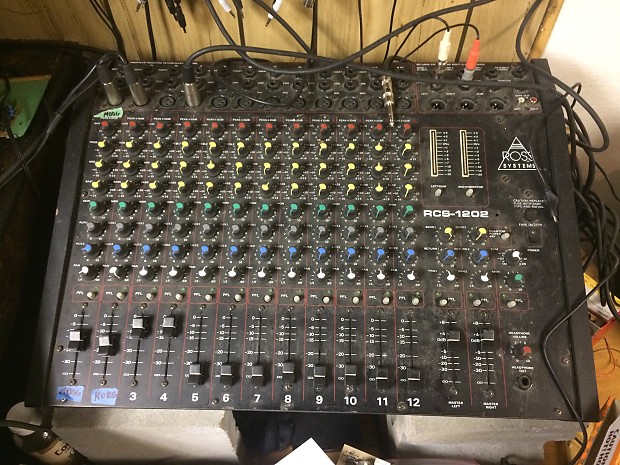Finding Inspiration in the Music of Anita Baker and G-Funk
When I was graduating from my early days as an artist in the mid-90s, I found myself drawn to peeling apart the structure of Anita Baker's songs. To me, her music had elements that echoed the essence of G-funk. The drums in her songs were uncomplicated yet impactful, and the sounds were mixed in a way that felt so natural. There was always this unmistakable, groove-driven bassline—like, du-du-du-du-du-du, you know? That simplicity in structure really clicked with me.
I never had formal music training, so I had to learn by feel. When I was a kid, around 11 or 12, all I wanted for Christmas for about five years was a keyboard. I remember pouring over the JCPenney catalog for months, dreaming of the exact model—a Casio. It wasn’t the most expensive one, but it was the one for me at that time. Funny thing is, I didn’t even know how to play piano yet, but that desire to explore music was strong. Like, Jump by Van Halen was probably one of my first big introductions to keyboards.
But back to Anita Baker. Her music was a real inspiration, especially as I was figuring out how songs were put together. The Toys album, man, that was something special. Whenever I get salty or feel down about my career, I remind myself of the influence that album had. It feels underrated to me, but for those who know, it’s one of the best. That first Twins album? Incredible. It’s funny how the G-funk sound seemed to branch out from there, eventually finding its way to Dr. Dre and Warren G.
I’ve always admired Dre’s approach. He hears something, and he just knows how to elevate it. His ability to mix drums—early Dre drums, especially—is something people still struggle to replicate. I feel lucky that I had a great mentor when I was coming up. He really taught me about the gear I was starting to get into.

There was this famous accordion company in Seattle called Petosa. They made world-class accordions, and their shop wasn’t the typical place where people went for music gear, but that’s where I ended up. It was the same place Nixola bought his gear. From the outside, it just looked like a pawn shop, but inside was a goldmine. Lionel, the guy who worked there, didn’t get many people coming in who were into the kind of music I was doing, so he took the time to really listen and help me out. He was incredibly influential, teaching me everything about samplers, drum machines, and multi-timbral setups.

Thanks to Lionel, I was always ahead of the curve when it came to drum sounds. I was using an ESI-32 sampler, saving everything onto a SyQuest external hard drive. I had samples for days—32-bit, perfectly balanced sounds. I was careful not to over-EQ the basic drum sounds. That ESI-32 made a huge difference in my setup.
A lot of producers in the 90s were using the ASR-10, especially the keyboard version, but I was always more into rack gear. I used the ESI-32 with an external sampler and sequenced everything through Cakewalk, rather than relying on the built-in sequencers in keyboards. I liked the flexibility it gave me. Rack gear was my thing, and it worked for the sound I was after.
Watch The Full Video on YOUTUBE




